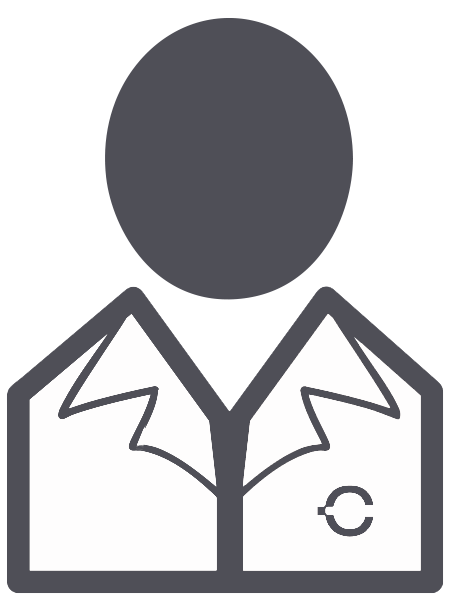abstract
Despite the renewed interest in ion implantation doping of GaN, efficient electrical activation remains a challenge. The lattice location of Mg-27 is investigated in GaN of different doping types as a function of implantation temperature and fluence at CERN's ISOLDE facility. The amphoteric nature of Mg is elucidated, i.e., the concurrent occupation of substitutional Ga and interstitial sites: following room temperature ultra-low fluence (approximate to 2 x 10(10) cm(-2)) implantation, the interstitial fraction of Mg is highest (20-24%) in GaN pre-doped with stable Mg during growth, and lowest (2-6%) in n-GaN:Si, while undoped GaN shows an intermediate interstitial fraction of 10-12%. Both for p- and n-GaN prolonged implantations cause interstitial Mg-27 to approach the levels found for undoped GaN. Implanting above 400 degrees C progressively converts interstitial Mg to substitutional Ga sites due to the onset of Mg interstitial migration (estimated activation energy 1.5-2.3 eV) and combination with Ga vacancies. In all sample types, implantations above a fluence of 10(14) cm(-2) result in >95% substitutional Mg. Ion implantation is hence a very efficient method to introduce Mg into substitutional Ga sites, i.e., challenges toward high electrical activation of implanted Mg are not related to lack of substitutional incorporation.
keywords
MAGNESIUM-ION-IMPLANTATION; GALLIUM NITRIDE; DEFECTS; TOOL
subject category
Nanoscience & Nanotechnology; Materials Science, Multidisciplinary; Physics, Applied
authors
Wahl, U; Correia, JG; Costa, ARG; David-Bosne, E; Kappers, MJ; da Silva, MR; Lippertz, G; Lima, TAL; Villarreal, R; Vantomme, A; Pereira, LMC
our authors
acknowledgements
The authors acknowledge the support of the ISOLDE Collaboration and technical teams. This work was funded by the Portuguese Foundation for Science and Technology (FCT, CERN/FIS-PAR/0005/2017), the Research Foundation-Flanders (FWO), and the KU Leuven (BOF program). The EU Horizon 2020 Framework supported ISOLDE beam times through grant agreement 654002 (ENSAR2) and use of KU Leuven facilities through 824096 (RADIATE). G.L. and T.A.L.L. acknowledge the support by FWO (Projects No. 27531, 52751, 29681, and 52152).


